A blue team in South Madrid

In the Madrilean suburb Fuenlabrada, we find a club that only recently showed its potential to the world. The blues used to play in lower divisions but almost reached the Primera División some years later, becoming the most feared team in the region after the ‘Big Five’. This is…Fuenlabrada.

The Suburb
In the 1960s, Fuenlabrada had around 2,800 inhabitants, but as globalization hit, the village turned into a commuter town of Madrid. Currently, almost 200,000 people live in Fuenlabrada, converting it into one of the biggest cities in the central region and into a more populous city than San Sebastián, Burgos, and Albacete.

Due to this relatively quick expansion, Fuenlabrada does not have a solid local identity like other cities. Moreover, most buildings and other elements from before the expansion have disappeared, just like the fountain that gave name to the village (‘fuente labrada’ means ‘carved fountain’). Still, Fuenlabrada has many other fountains, as well as one of the largest industrial sites in the European Union.
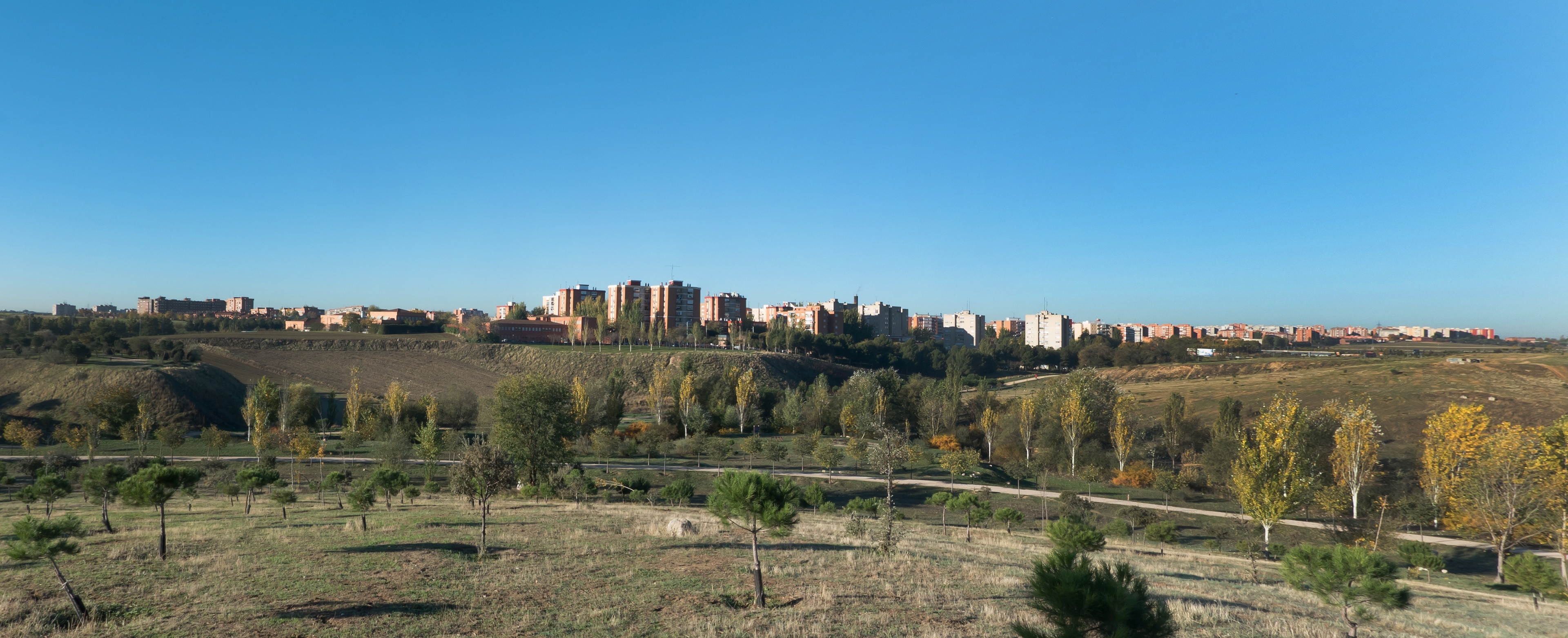
Fuenlabrean Football
As Fuenlabrada lacked population for a long time, football needed time to develop here. Only in the 1970s was the first important Fuenlabrean football club founded: San Estebán, a club that merged in 1975 with AD Fuenlabrada to create Club de Fútbol Fuenlabrada, the club that represents the suburb to this day.

Slowly but steadily, Fuenlabrada climbed the Madrilean footballing pyramid and ended up in the Segunda División B during the 1990s. For a long time, this was the highest division in which the kirikos played, alternating this third tier with the fourth tier. Moreover, whenever they played in the Segunda B, Fuenla did not come close to promotion to the Segunda División.

This changed in 2016-17, the first season in which the fuenlabreños qualified for the playoffs for promotion. Even though they were knocked out, the tone was set. In 2018, the azulones repeated their achievement, and one year later, they ended as champions and achieved promotion through the playoffs. As the 13th team from Madrid ever, Fuenlabrada climbed up to professional football.
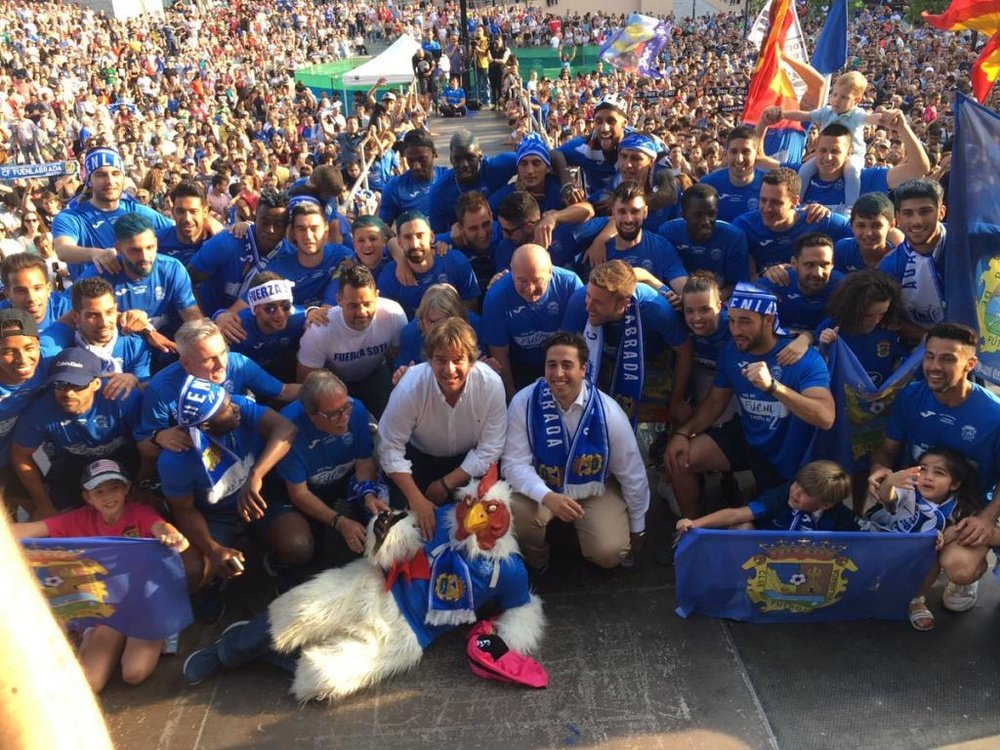
The objective in their debut season was avoiding relegation, but the team outdid itself completely. For 26 out of 42 matchdays, Fuenla occupied a place in the top six: positions for promotion to the Primera División. After the penultimate matchday, Fuenlabrada was sitting in sixth place, just before one of the most controversial moments in recent Spanish football history happened.

At the last matchday, Fuenlabrada needed a win against Deportivo de La Coruña – a historic team – to secure a spot in the playoffs, while Deportivo could get relegated to the Segunda B if they did not win. However, some hours before the match, seven positive cases of COVID-19 were detected in the team of Fuenlabrada, after which the game was suspended. The problem was that all matches at the last matchday were played at the same time, which led to the question: should all other matches also be suspended? Javier Tebas, the president of La Liga, decided that this was not necessary, after which one of the most chaotic matchdays in the history of the Segunda División started. After 90 minutes, all teams fighting against relegation had won, meaning that Deportivo dropped down to the Segunda B after 39 years without even having played their last match. This led to much anger in A Coruña, strengthened after hearing that the COVID-19 infection in Fuenlabrada’s team had occurred after ignoring the protocols. One month of discussions and court cases followed, after which nothing changed: Deportivo suffered relegation, Fuenlabrada was not (yet) punished, and the match still had to be played. The kirikos only needed a draw to end in 6th place but let this slip from their hands in the 95th minute after a goal by Deportivo de la Coruña that made their relegation somewhat sweeter.

It seemed like this chaos in A Coruña was the beginning of a downward spiral. Fuenlabrada ended in the middle of the Segunda in 2021 and was relegated the following year. After returning to the third tier – rebranded as the Primera Federación, the blues almost suffered another relegation, only averted at the end of the 2022-23 season.
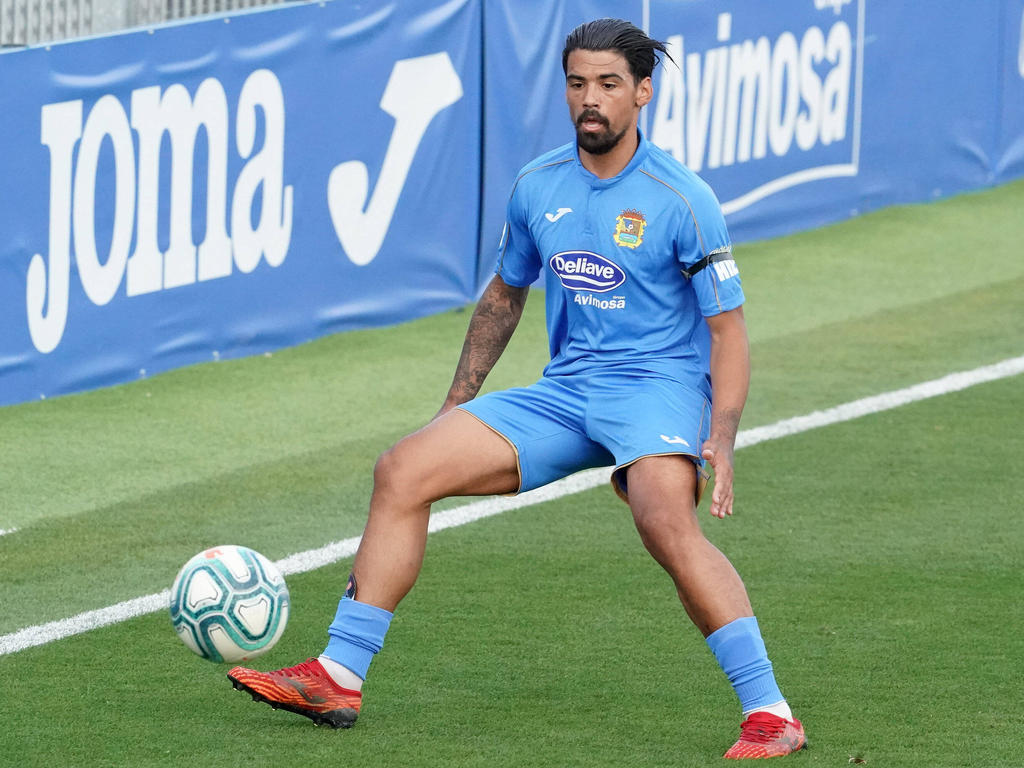
A modern stadium
If anything reflects the development of Fuenlabrada, it is the modern stadium, opened by the club in 2011 after many decades of playing in La Aldehuela. The stadium is the most important piece of its ciudad deportiva and is named after the most famous person from Fuenlabrada: Fernando Torres, a.k.a. El Niño. Torres won the Champions League, the World Cup, and two Euros, breaking many goalscoring records and being regarded as one of the best strikers of his generation.

The stadium had to be renovated after the promotion of Fuenla to the second tier in 2019 due to La Liga’s regulations, which only improved the stadium’s quality. The Fernando Torres is regarded as an example for other second or third-tier clubs constructing a new stadium.
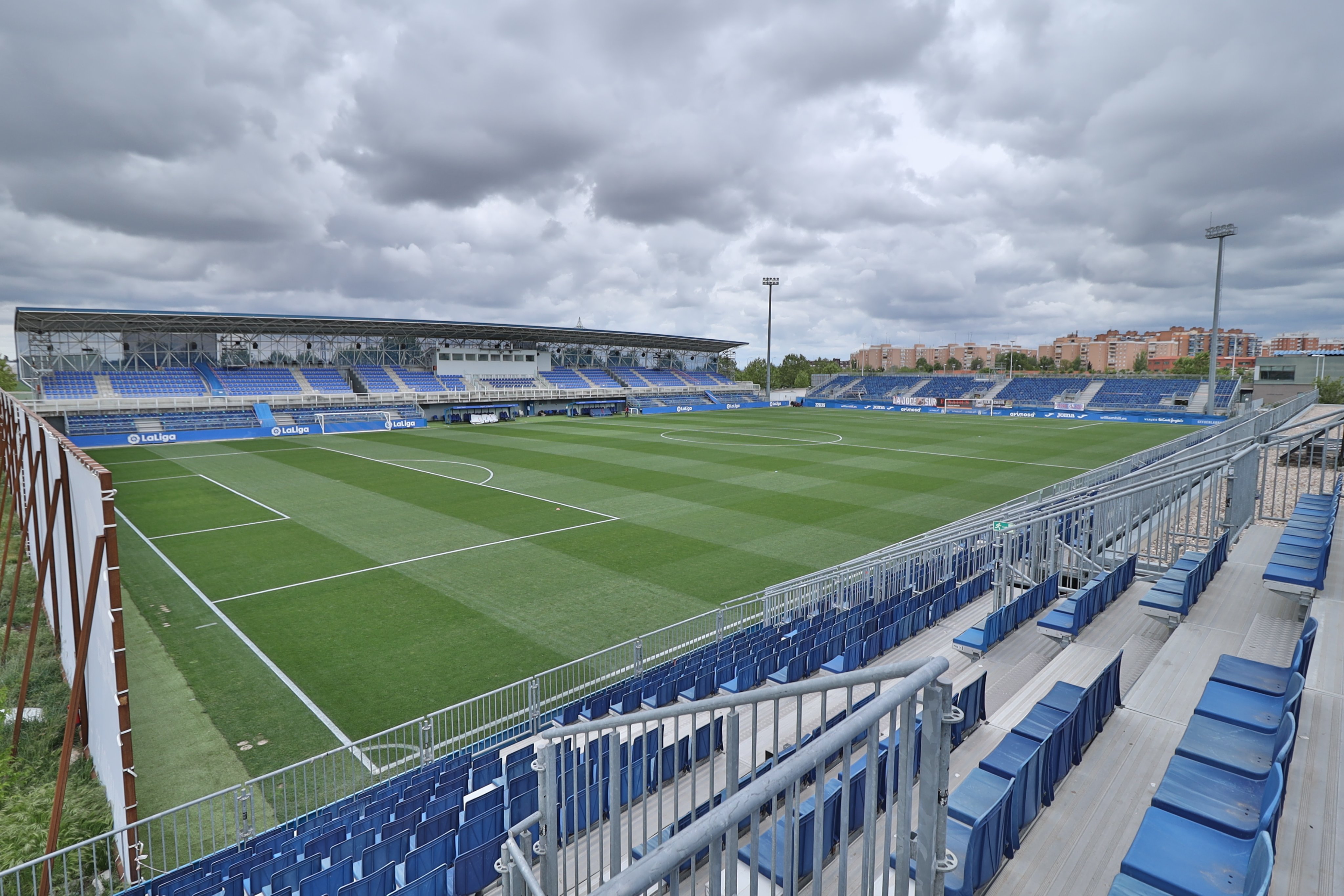
The future
After almost being relegated to the fourth tier in 2022-23, the fuenlabreños prefer to forget this year as soon as possible and aim to return to achieving the same as five years ago. The club tries so by combining local talent with experience after renewing the contract of captain Cristóbal Márquez, who will complete his eighth consecutive season at the club at 40 years old. This was…Fuenlabrada.
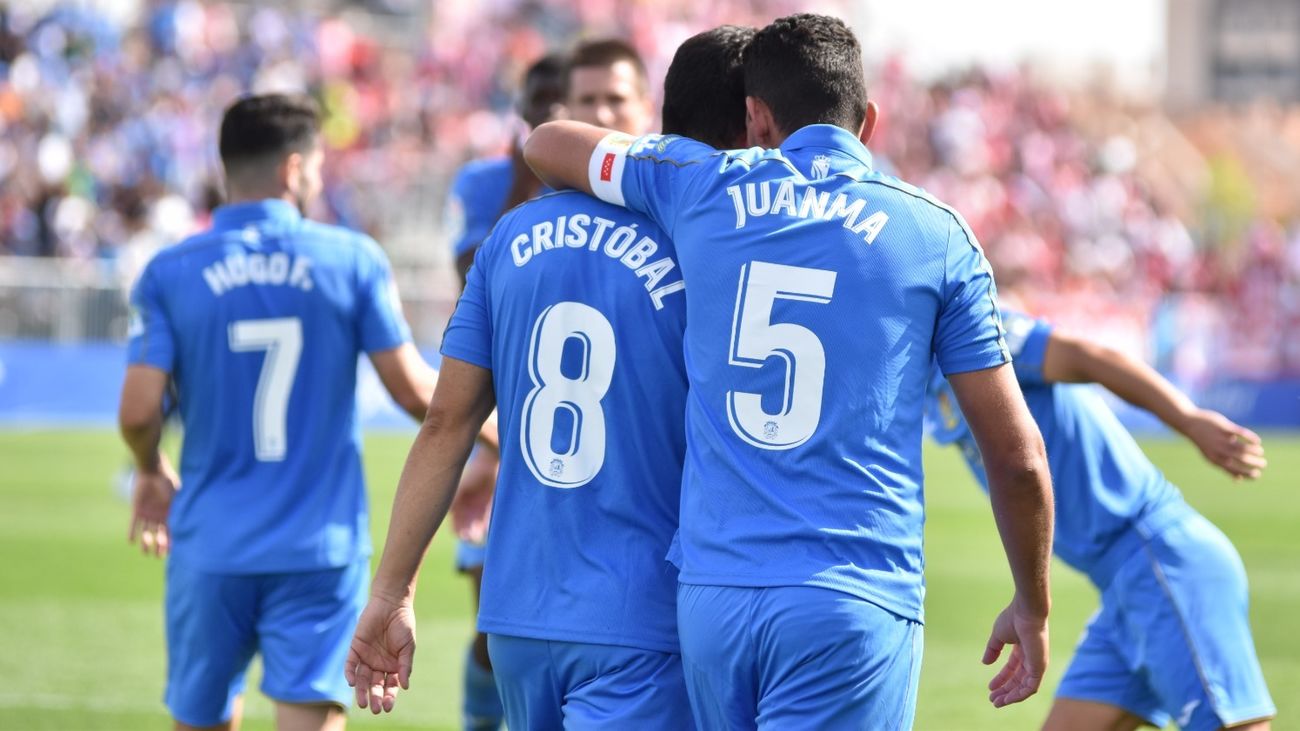
Sources
- Borchers, L. (2021). GOLAZO. Self-published.
- Borchers, L. (2022). CARA O CRUZ. Self-published.
- http://lafutbolteca.com/club-de-futbol-fuenlabrada-s-a-d/
- https://www.cffuenlabrada.es/club/historia
- https://espanaestadios.com/2018/09/17/fuenlabrada-estadio-fernando-torres/
Leave a comment